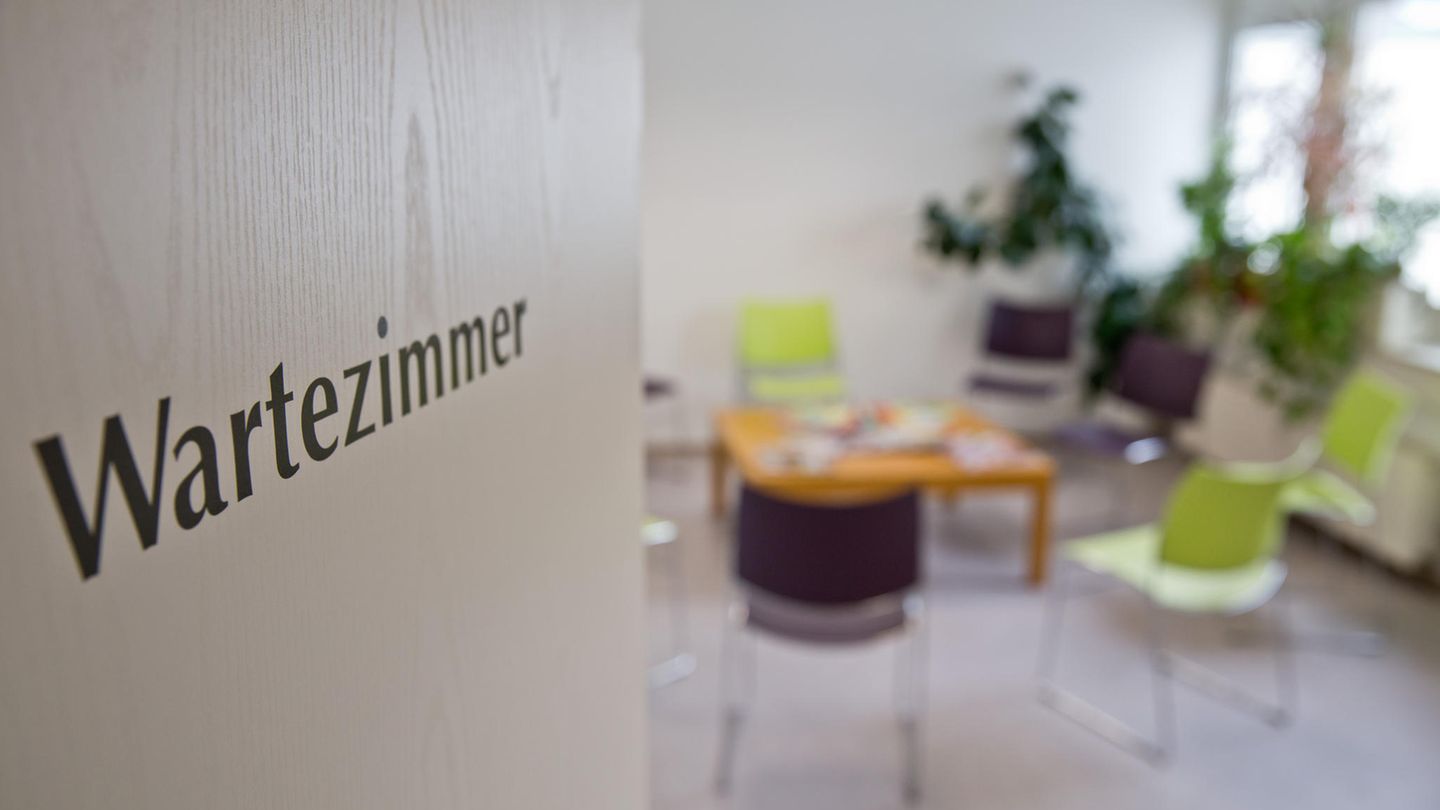Despite the war in Ukraine, the supply of food in Austria is not threatened: That was one of the core statements of the traditional press conference on spring cultivation, which the Upper Austrian Chamber of Agriculture held today, Thursday, in Linz. “Austria has a strong production of 2.8 million tons of grain and 2.4 million tons of maize and our agriculture can easily provide the population with enough bread grain,” said Franz Waldenberger, President of the Chamber of Agriculture. Only 680,000 tons would be used for bread and grain and 213,000 tons for malting barley. The rest goes to feeding and industry. Virtually no grain is imported from Ukraine.
In contrast to food, Austria is dependent on the import of protein, especially soy, for animal fattening (especially chickens and pigs): “The supply situation in Europe is good,” said Waldenberger. However, there are strong fluctuations in prices: “It is currently not possible to assess how the markets will position themselves and where the volumes will go. For example, China would be an active buyer in the market and stock large quantities of grain.
As reported, two agricultural giants, Russia and Ukraine, have been affected by the war: so far, 30 percent of global wheat exports, 20 percent of corn exports and around 80 percent of sunflower seed exports have come from the war zone. Within a year, the prices for bread wheat have more than doubled to 430 euros per ton. The North African states and the Middle East, which are 85 percent dependent on grain imports from the war zone, are particularly affected. The war comes at a bad time for global supplies: Wheat consumption has exceeded production for four years. All of this leads to stockpiling and export stops in many countries.
Fertilizer no longer available
The war also had an impact on the Austrian agricultural sector, as was once again emphasized: on the one hand, diesel prices for tractors rose sharply. On the other hand, a lot of gas is needed to produce nitrogen fertilizer, which is so important for agriculture. The gas price has doubled since the beginning of the war. Russia is the world’s largest producer of ammonium nitrate: ammonium nitrate, together with urea, is the most important nitrogen fertilizer in agriculture. “The calculation is simple: Internationally less available fertilizer and less harvest quantities with an already poor supply situation lead to a sharp increase in food prices,” said Waldenberger.
In Austria, the price of the most important nitrogen fertilizer NAC has quadrupled within a year. Fertilizer is no longer available to farmers who have not made provisions in good time. This also has serious effects on crop production in Austria: The Chamber of Agriculture expects a significant increase in soybean areas this year. In Upper Austria, the area under cultivation is likely to increase by 13 percent to 17,500 hectares. In Austria, the area under cultivation is likely to increase from around 75,000 to 90,000 hectares. “2022 will be the year of the soybean,” said Helmut Feitzlmayr, Plant Cultivation Director of the Upper Austrian Chamber of Agriculture: The soybean binds the nitrogen from the air and does not need nitrogen fertilization. In addition to sugar beet, summer grain and oil squash, grain corn is also declining: the reason is that gas is also used to dry corn.
Source: Nachrichten




